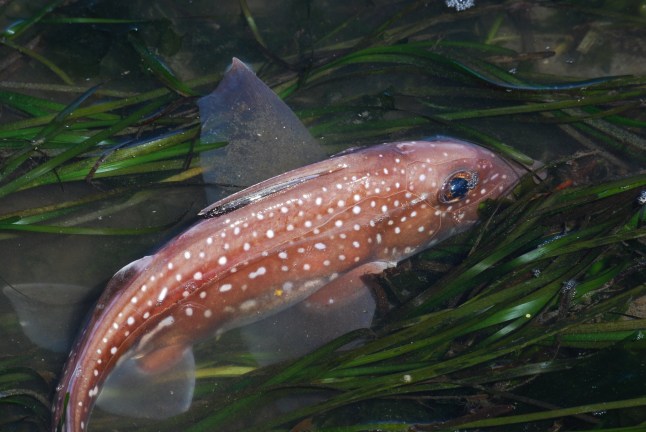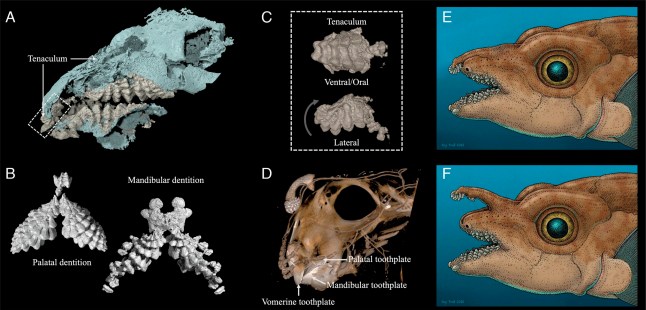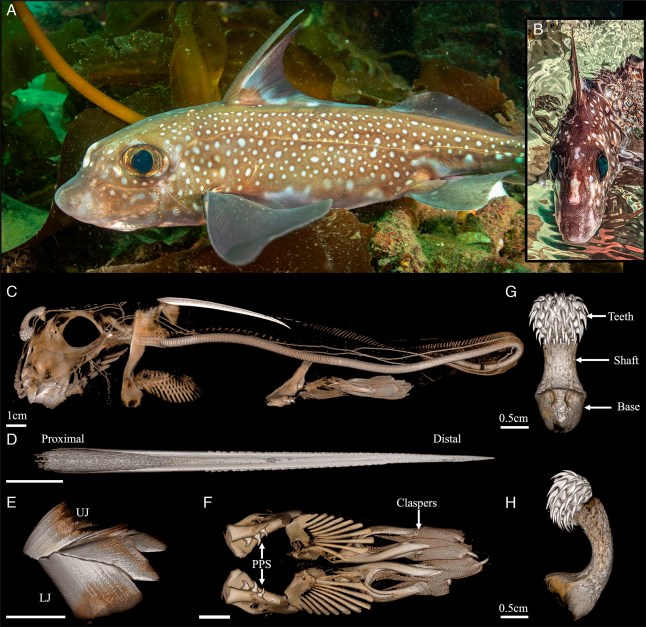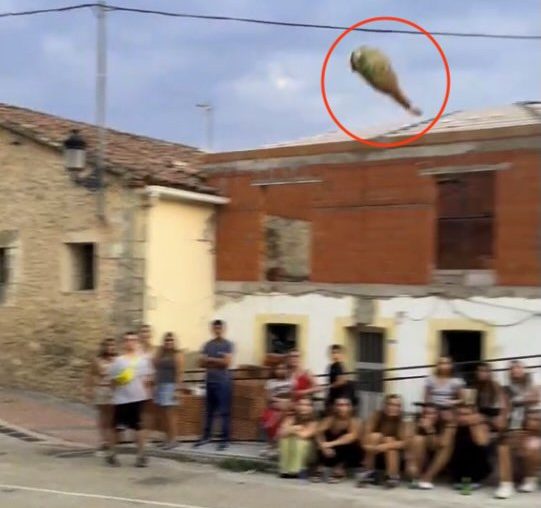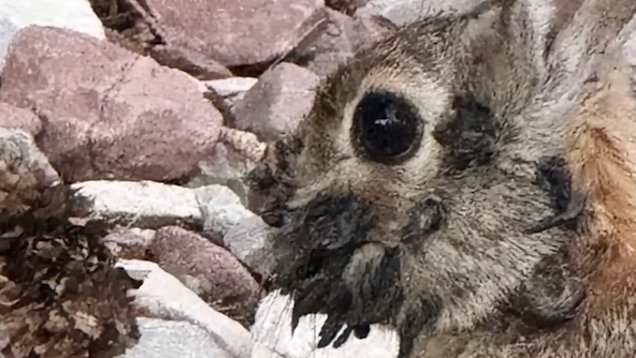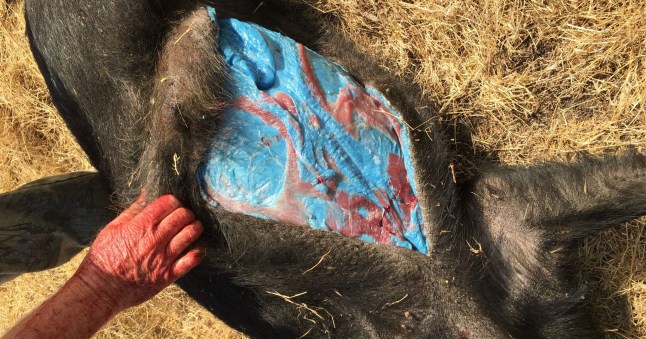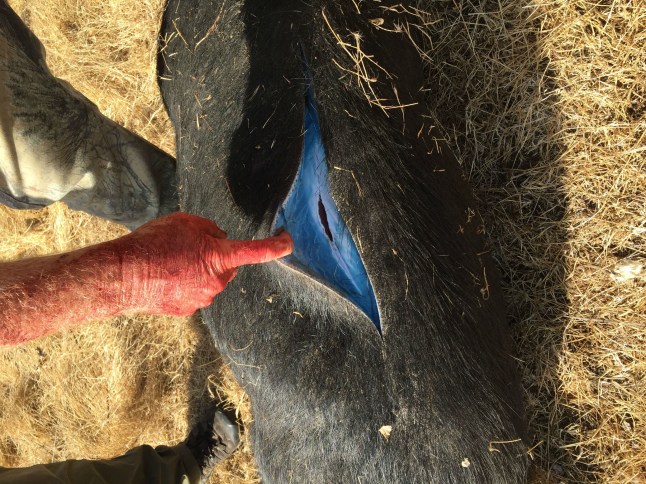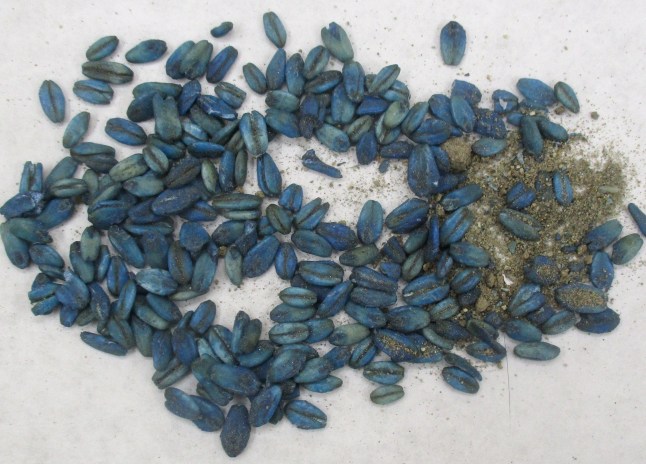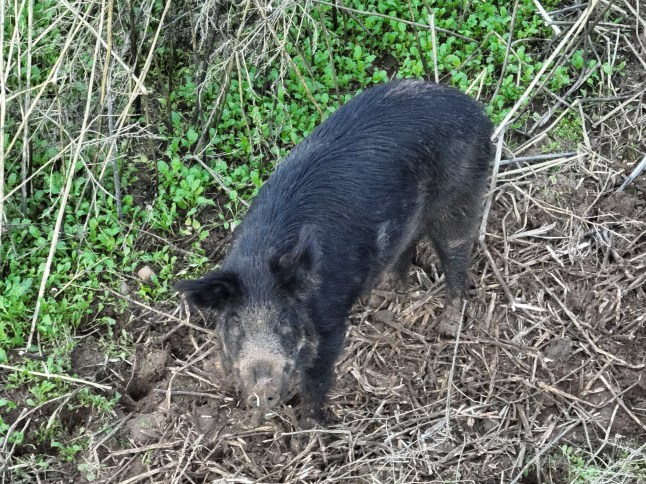To view this video please enable JavaScript, and consider upgrading to a web
browser that
supports HTML5
video
A video of a fireball streaking across the sky before being hit mid-air and exploding has gone viral, sparking wild theories about what it could be.
The light show was seen above China’s Shandong province on Friday.
People posted on social media about seeing the bright object pass above, before another luminous object travelled to meet it, and there was a flash.
Clips were shared showing the event from different angles, sparking speculation about the cause.
One witness told the Chinese news outlet First Scene: ‘I heard two loud bangs and it was raining, so I thought it was thunder.’
But some users on Weibo, the Chinese social media platform, said the object may have been a meteor or UFO which was ‘shot down’.

That would be impressive, but the reality is almost certainly less otherworldly.
Meteors enter the atmosphere at incredibly fast speeds, at around 25,000mph to 160,000 mph, often without little warning, so this would be something unheard of.
Although humans have previously managed to smash into an asteroid, this was in space, after tracking and measuring it extensively, and at a cost of $325 million.
Dr Alfredo Carpineti, an astrophysicist who writes for IFLScience, isn’t exactly saying the truth is out there after seeing the footage.
‘I think what it is might be difficult to find out,’ he told Metro, ‘but it wouldn’t otherwise be a UFO.
‘The problem is that it partly looks like a meteor until it doesn’t. That’s why I’m sceptical.’

Dr Carpineti added that the video is ‘weird’ and ‘bouncy’, making it difficult to discern what the glowing object is.
‘The fastest hypersonic missile is still slower than the slowest asteroid and there is no planetary defence system that uses missiles,’ he said.
Another possible explanation circulated online is a test of a missile interception system. But as yet, there is very little concrete information to explain what happened, just a lot of social media buzz.
Chinese language publication Sohu said weather had been drizzly that night, so some initially thought there was a thunderstorm when they ‘heard noises indoors, feeling windows vibrate slightly’.
Others questioned if there had been a factory explosion, while some pointed to a notice from maritime officials that live-fire training was taking place just off Weifang Port.
The Weifang Emergency Management Bureau said they had not received any reports of accidents in the area and did not have further information.
Although this was likely not a meteor being shot down, China is investing heavily in space technology, including planetary defence.
In 2024, Nasa warned that China may try to take over parts of the Moon in just a few years.
Speaking before a House Appropriations Committee to argue why Nasa needed a $25.4 billion budget for 2025, administrator Bill Nelson said: ‘China has made extraordinary strides, especially in the last 10 years, but they are very, very secretive.
‘We believe that a lot of their so-called civilian space programme is a military programme. And I think, in effect, we are in a race.’
Get in touch with our news team by emailing us at webnews@metro.co.uk.
For more stories like this, check our news page.










